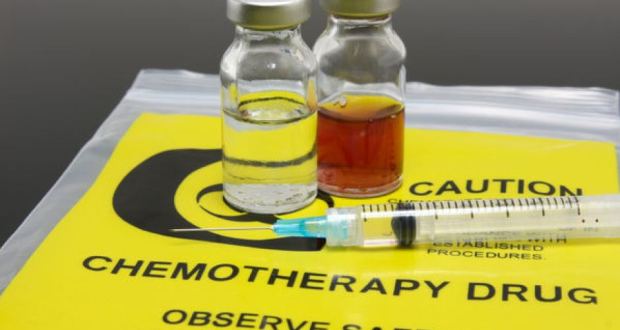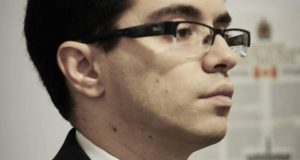As has been widely reported, an Ontario court has ruled that native parents have a right to deny their children life-saving medical treatment. The case of Hamilton Health Sciences Corporation v. D.H. concerned an 11-year-old child, J.J., who was diagnosed with leukemia in August 2014. Her treatment team determined that she had a 90%-95% chance of being cured with chemotherapy, but would almost certainly die without it. Shortly after the chemotherapy treatment began, J.J.’s mother, D.H., withdrew consent for the treatment and sought to have J.J. treated solely with traditional aboriginal medicine. The hospital applied, pursuant to the Child and Family Services Act, for an order that J.J. was “a child in need of protection,” which the act defines as including circumstances where “the child requires medical treatment to cure, prevent or alleviate physical harm or suffering and the child’s parent … refuses … the treatment.”
The case came before Justice Edward of the Ontario Court of Justice, who dismissed the hospital’s application. Despite the clear wording of the statute, the court found that J.J. was not a child in need of protection because D.H. had a “constitutionally protected right” to “pursue traditional medicine over … chemotherapy.” The consequence of the ruling, according to every knowledgeable medical professional, is that J.J. will most likely die.
There will always be cases that produce disagreeable results, and Hamilton Health is undoubtedly one of them. But what makes this decision especially problematic is that it was arguably a misapplication of the law that could have been avoided.
First, the decision completely ignores binding precedent from the Supreme Court of Canada that is directly on point. In B.(R.) v. Children’s Aid Society of Metropolitan Toronto, two parents refused to consent to a life-saving blood transfusion for their infant daughter on the basis that it violated their religious beliefs as Jehovah’s Witnesses. The Supreme Court found that the relevant provisions of the Child Welfare Act (now the Child and Family Services Act) imposed a reasonable limit on the parents’ religious beliefs and their right to raise their child as they saw fit.
Justice Edward did not address the precedent in B.(R.). Instead, the decision is based entirely on section 35 of the Constitution Act, 1982, which affirms “existing aboriginal … rights.” His honour found that utilizing traditional medicine is an “integral” component of aboriginal culture, and should therefore be recognized as a constitutionally protected right.
The flaw in this analysis is that D.H. had not been denied traditional medicine. In fact, the hospital had supported the use of traditional medicine in conjunction with chemotherapy. The right that D.H. sought, and that has now been granted, was not to practice traditional medicine for herself; it was to refuse modern Western medicine for her daughter. There was no evidence before the court that eschewing scientifically based medicine is itself an “integral” aspect of aboriginal culture, to say nothing of eschewing it on behalf of one’s child where near-certain death is the alternative.
Even if section 35 does include some right to provide one’s child with traditional medicine, that right must be read in light of section 15 of the Charter, which guarantees equality under the law and equal protection of the law without discrimination. Any other child in J.J.’s position would have been deemed “in need of protection” under the Child and Family Services Act, and the necessary implication of Hamilton Health is that native children are not afforded the same protection under the statute as non-native children. Constitutional provisions must be read in harmony with one another, and it simply cannot be the case that section 35 enshrines a “right” that would deny equality to a most vulnerable segment of society, and thereby strike at the very core of what section 15 protects. The Constitution cannot implicitly permit what it expressly forbids.
The other flaw in Justice Edward’s analysis is that he treats section 35 as conferring “absolute” rights simply because section 35 is outside the Charter and is therefore not subject to the “reasonable limits” imposed by section 1. To be sure, the Supreme Court has never treated section 35 rights as being absolute and has even established a test for when the government may fairly “extinguish” an aboriginal right. Justice Edward does not discuss or apply this test and, instead, reasons from the false premise that if a right is not expressly limited by section 1 of the Charter, then it is not subject to any limits at all.
Early indications are that the hospital will not be appealing the decision, which is certainly its prerogative. There are a number of reasons why parties opt not to appeal, most commonly because of the added legal costs. In the present case, there may be an added consideration: by the time an appeal is heard, J.J.’s health may have further deteriorated such that the prospect of chemotherapy would no longer provide the same assurances. But should the hospital choose not to pursue an appeal, it will certainly not be for lack of a good legal argument.
This article was originally published by the National Post and is being reprinted courtesy of the National Post: www.nationalpost.com
 Advocates for the Rule of Law
Advocates for the Rule of Law



